The winter break highlights: MuseScore 3.0 release, Blender turned 25 years old, Google joined the Blender Development Fund, lots of improvements in FreeCAD, GIMP, and Olive, annual reports from a variety of projects.
Graphics
The GIMP team made a quite good use of their winter break (if non-stop coding is your idea of a good time).
Jehan Pages made some improvements in the smart colorization code and added a new feature that uses Alt + middle click combination to switch to a layer by clicking on its pixels and cycles through layers in Z-order while doing so.
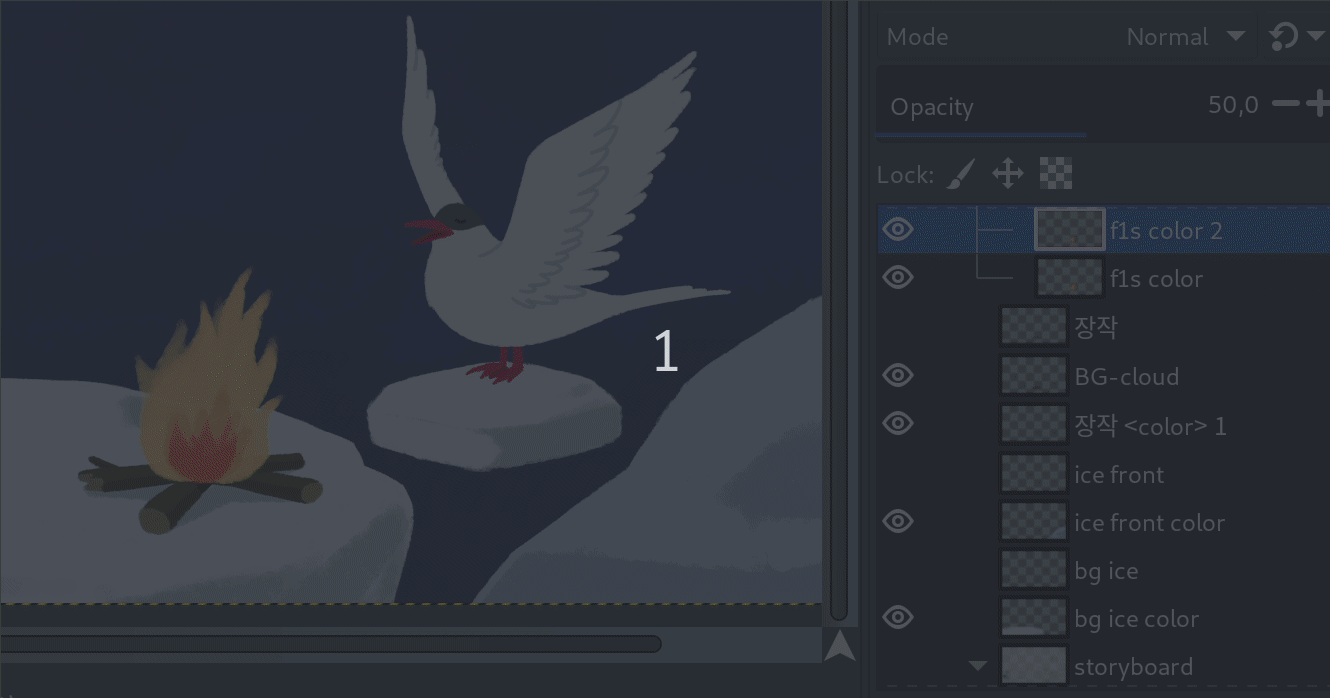
Ell introduced quite a few performance improvements that speed-up things like the anchoring of floating selections, the split preview, and the Warp Transform tool. The general idea is to reduce the cached area to just the region of interest (it’s more than that though). Another improvement, this time in GEGL, speeds up the selection inversion.
Michael Natterer added basic on-canvas GUI for GEGL-based circular, linear, and zoom motion blur filters to simplify tweaking settings.
The DDS plug-in is now in both development branches, so GIMP 2.10.10 will be shipping with initial DDS support. The team insists, however, that this is done to encourage future contributions from people who are particularly interested in this feature. There are still no game designers in the team presently, and a recent discussion on Twitter suggests that DDS gets abused by different applications and use scenarios.
Finally, the team released its annual project report covering changes in both GIMP, GEGL, and babl.
Most of the work on Krita during the winter break was bugfixing. On the HDR front, a dedicated branch of Krita now supports the loading and saving of HDR PNG files (automatically converted to Rec. 2020 linear on loading, and to p2020-pq 16-bit space on saving). Also, this:
We've just been watching a HDR animation made in Krita, in Krita. The animation was made when we only had HDR painting, not display. The difference is huge! But there's no way we can actually make a screenshot or a photo that shows the difference :-(
— Krita Painting App (@Krita_Painting)
Alexey Kapustin resurrected his patch from 2017 adding equiprobable dithering for gradients (basically, adding noise to suppress visible banding) and started building more features around that. This is currently in a dedicated branch.
There hasn’t been any interesting user-visible changes in Inkscape over the past couple of weeks. Most of changes are plumbing work, bugfixes, refactoring and suchlike.
Annual project report for Krita was published at Christmas time. Also, check out new Krita themes by David Revoy. While at that, have a look at Enrico Guarnieri’s “Expansion” Brush Pack for Krita— it’s getting regular updates, with more presets, brush tips etc.
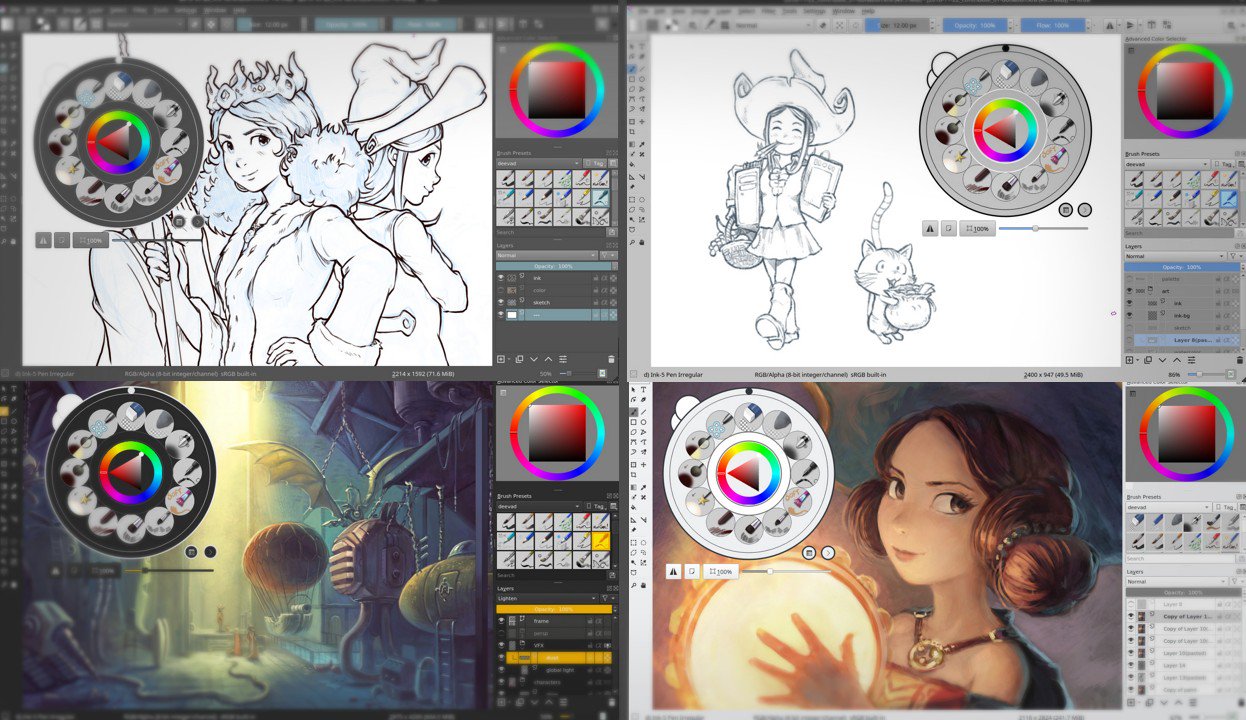
Alessandro Rimoldi also posted an annual report for the Scribus project, highlighting v1.5.4 release, new Scribus book in French by Cédric Gémy, new Scribus Templates website etc.
Synfig developers keep posting weekly updates on Patreon. Some of the recent changes are: render progress bar, drop-down list without the blank space (initially done in GIMP), settings for default background color for projects and transparency color for the Preview window.
Photography
Since releasing v2.6.0 on the Christmas Eve, darktable developers didn’t really have to pick up the pace again, they barely stopped programming at all. Pascal Obry introduced a lot of improvements to the Piwigo online albums support. And there have been quite a few bugfixes and overall improvements, including these:
- More colors customizable through CSS
- The ability to specify a style to be applied on export
- Varios filmic module improvements
And then there are always a few interesting new pull requests. One, also by Pascal, makes the lighttable faster on HiDPI displays. Another one, by Rikard Öxler, adds a Survey/Exposé lighttable layout where you can view just the image selected in the filmstrip.
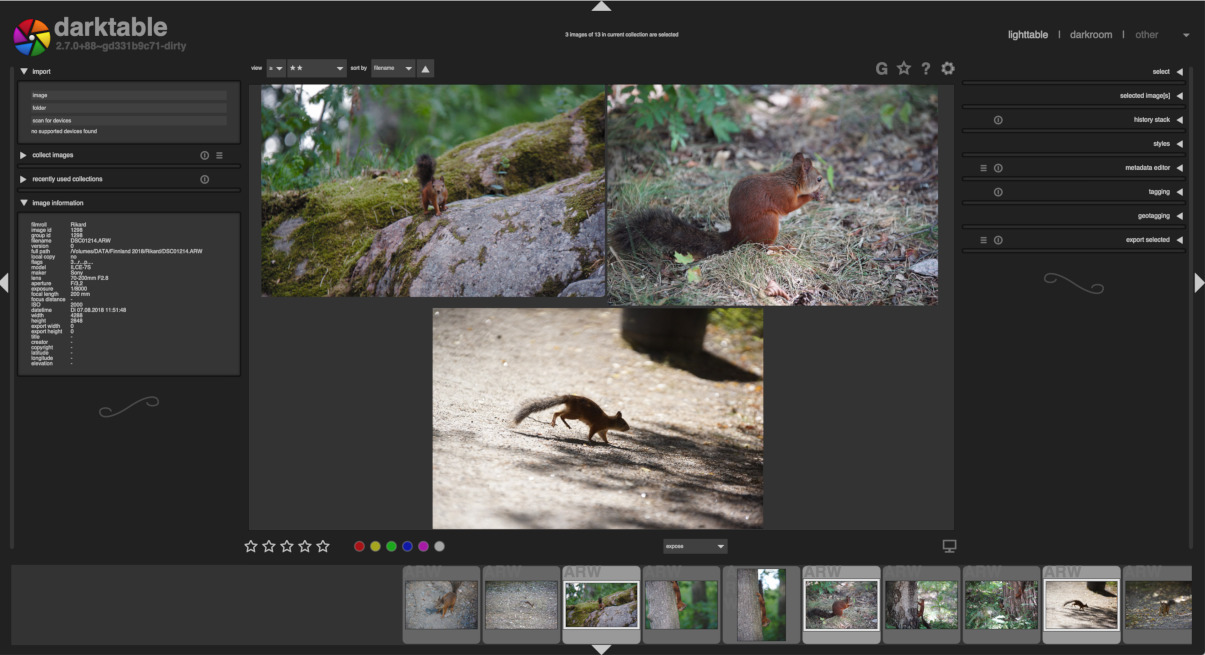
And yet another one, by Aurélien Pierre, adds film emulation presets (generic film, Kodachrome, Kodak Portra NC, Kodak Ektar) to the filmic module.
Development of RawTherapee is now mostly in the bugfix mode since the major update in December, but there’s ongoing work in a dedicated git branch to improve HiDPI support.
Franco Comida added a new tonemapping operator to LuminanceHDR. This time it’s an implementation of Dani Lischinski’s 2006 paper called Interactive Local Adjustment of Tonal Values. Original code comes from the Piccante project by Francesco Banterle.
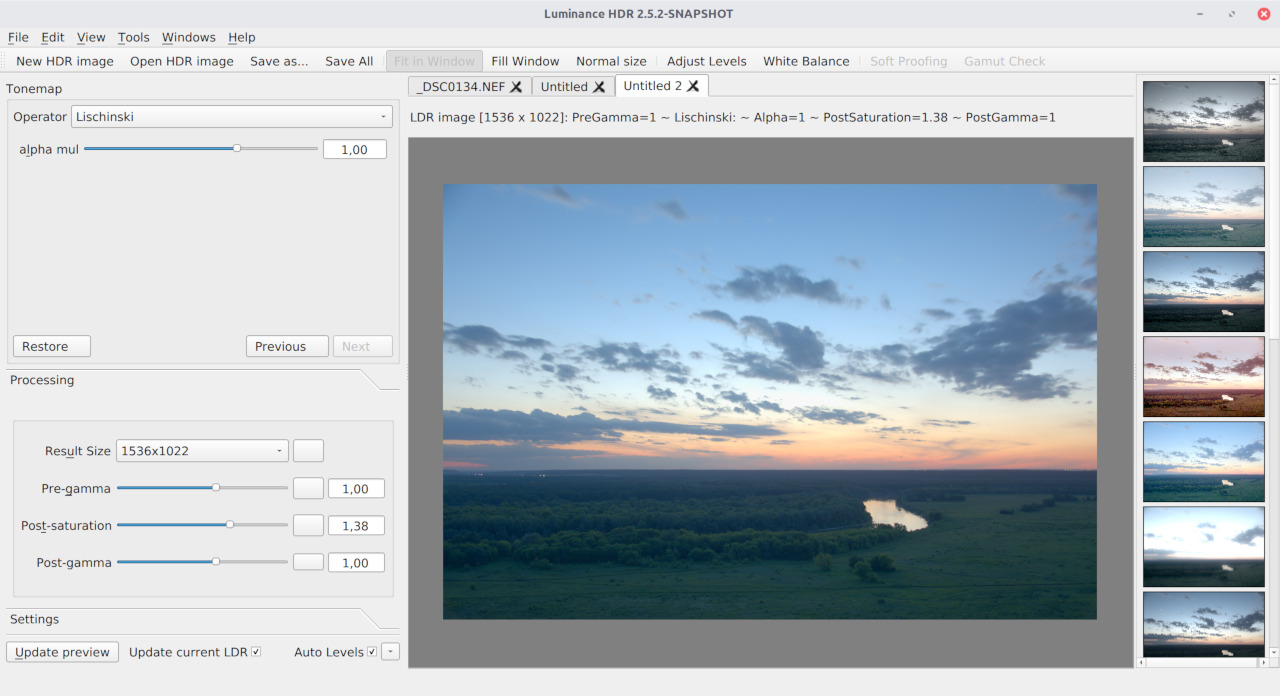
The implementation is rather simplistic since LuminanceHDR does not allow localized editing—which is the whole point of the original research. For instance, the demo application the researchers created allowed localized tonemapping by painting over the region of interest (the software would then build an exposure map based on that). Localized blurring and white balance correction (think fixing natural and artificial lighting on one photo separately) were interesting byproducts.
3D
Last week, Blender turned 25 years old. Here is a video of Ton Roosendaal talking about it.
And you can think of his ‘Blender top 15 highlights of 2018’ list as of a kind of an annual report too!
Blender Foundation announced projects sponsored by the Blender Development Fund. And Google signed up for Corporate ‘Silver’ membership of the Development Fund.
So, full-time core Blender developers: Bastien Montagne, Brecht Van Lommel, Campbell Barton, Clement Foucault, Jacques Lucke, Sergey Sharybin. Part-time developers: Dalai Felinto, and Philipp Oeser.
The plan so far is to finalize the release of 2.80 some time during Spring 2019. Possible work for Q2 2019 includes overrides and asset management, better support for large scenes or complex environments, modifier nodes, physics & real-time mode (for designing simulation and baking), more work on Cycles.
MB-Lab, the fork of Manuel Bastioni Lab (Blender add-on for procedural characters generation), got a new release. Version 1.7.0 has initial support for Blender 2.80, scalable SSS in the shader network, new eye texture map for all realistic characters, new bump map for female and male characters.
Kjartan Tysdal also updated his KnockOff add-on for Blender 2.80. The add-on provides an easy and straightforward control over the bevel modifier, works in both Object and Edit modes, and supports multiple objects.
Lorenz attractor is getting some interest:
The Lorenz Attractor looks like a Chinese whip master ❤️
— Nikos Priniotakis (@nikos_prinio) January 5, 2019
The wiki : https://t.co/c2ZR2ofBJJ
The blend /script is here : https://t.co/CyRqOXWXi3#b3d #python #whipmaster pic.twitter.com/7cFZhjOZDp
CAD
LibreCAD is now in an interesting situation where the development of the v2 and v3 branches (separate git repositories inside the same project) is done by almost entirely different groups of people.
For the past several weeks, most work in the v2 repository was done by Alexander Pravdin and Armin Stebich, who fixed various bugs.
Meanwhile, Florian Roméo, Rupak Bajgain, and Guruprasad Rane did the majority of the work on LibreCAD 3, where essential foundation work is still being done (hence you shouldn’t be expecting a release any time soon). So there’s both “boring” low-level development and user-visible changes, the latter being 2-points and 3-points creation methods for circle.
Yorik van Havre posted a new monthly report on his contribution to FreeCAD. Notable changes:
- Support for IFC and SAT (via CadExchanger) in the BIM Library tool
- New, easier-to-use material tool for the BIM workbench
- Improvements in the BIM Views tool
- Custom sketching tool in the BUIM workbench (used to reuse Sketcher)
- Coin-based 2D view to produce things like construction documents (experimental)
Some of the other changes in FreeCAD over the past few weeks:
- New Explode Compound and Slice Apart tools in the Part workbench, by DeepSOIC
- Cleanup of the FEM workbench, by Bernd Hahnebach
- A lot of bugfixing and general cleanup
The team is planning a new release of FreeCAD later this year. For now, you can fetch daily builds from GitHub.
Video
There’s a lot going on with Olive since our article from December ‘18.
The project bin now has an initial icon view mode with multiselect enabled. The viewers now have a right-click menu with zoom presets and fullscreen toggle. Keyframing has been enhanced with a graph editor where you can tweak transitions (Linear, Hold, Bezier).
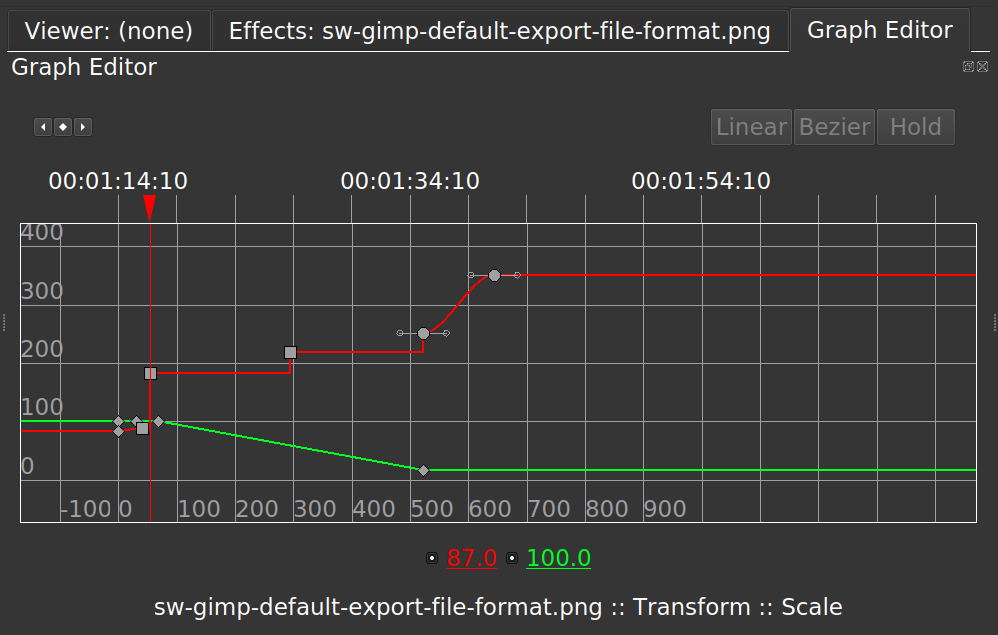
Matt added a new Hand tool for navigating the project (H for shortcut), and the community contributed a bunch of improvements for better desktop integration on Linux.
More work has been done on the audio side of things, with audio recording fixed and audio source now selectable when multiple streams are available. Moreover, there’s now a new branch where support for VST is being worked on (to be frank, by the time you read this, it will probably be in the master branch already).
On top of that, you can now search for shortcuts in the Preferences dialog to speed up assigning your own ones, and due to certain contemporary expectations (Blender, GIMP, Photoshop), Olive now features menu search:
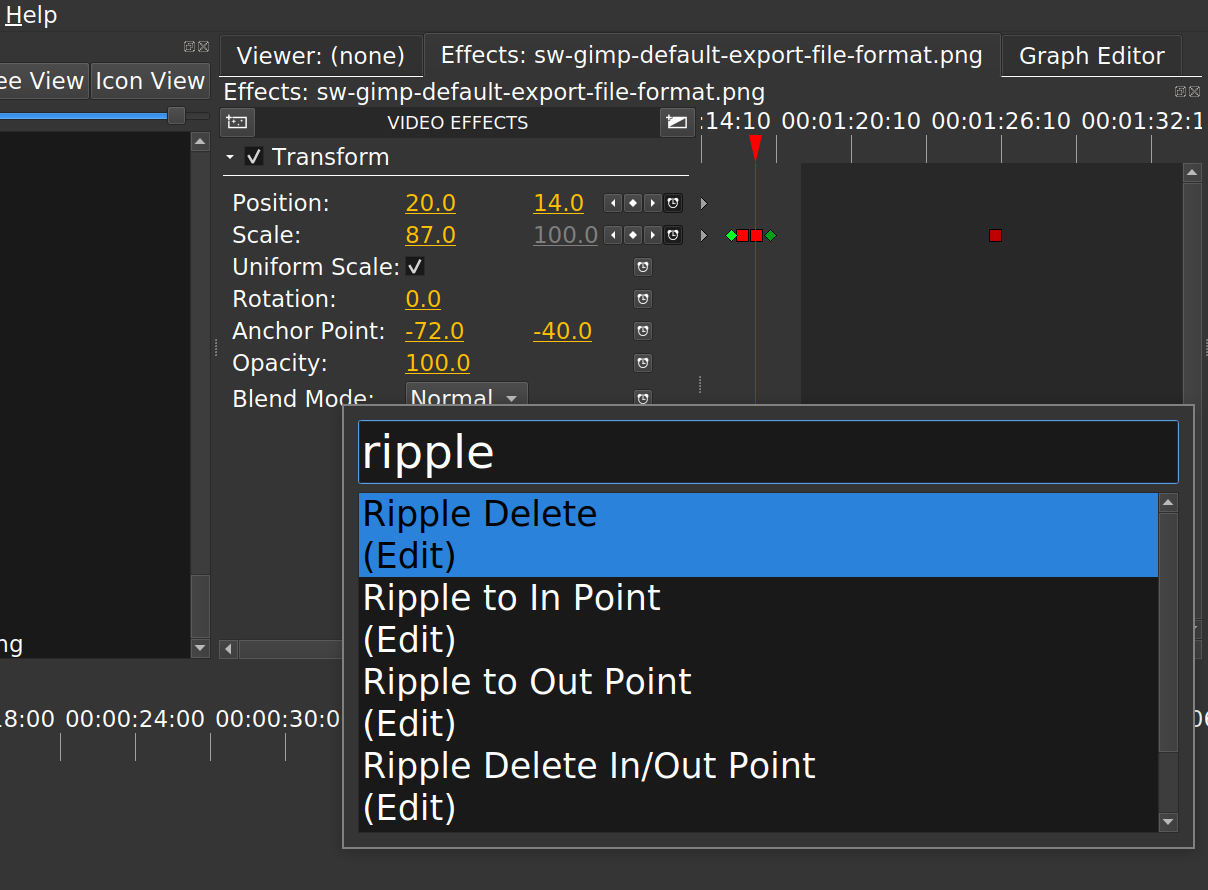
Jonathan Thomas didn’t waste his time during the winter break either. OpenShot improved various operations on tracks (inserting, adding, deleting) and added a more dynamic numbering system. He also made the timeline widget dockable and enhanced the Properties panel to work in the pillar mode.
Developers of Kdenlive were mostly busy fixing bugs and improving AppImage and Flatpak packaging, preparing for another update.
Things are interesting in the Blender’s VSE department as well. The patch adding font selection to VSE text strips is now considered ready for merging, this might happen any day now. There’s more progress on the frame prefetching patch too.
Among ongoing discussions regarding the future of the video sequencer, the ‘VSE timeline manipulation API’ thread is probably of most interest.
Cumulative VSE changes from tintwotin et al. are being proposed on devtalk, with per-feature videos. Check it out, it’s full of awesome.
Finally, Nathan Lovato et al. officially announced the Power Sequencer 1.2.0 add-on for VSE. Here is the video, and you here you can grab the add-on.
Music-making
The major release here during the winter break was much anticipated MuseScore 3.0 that had been a few years in development.
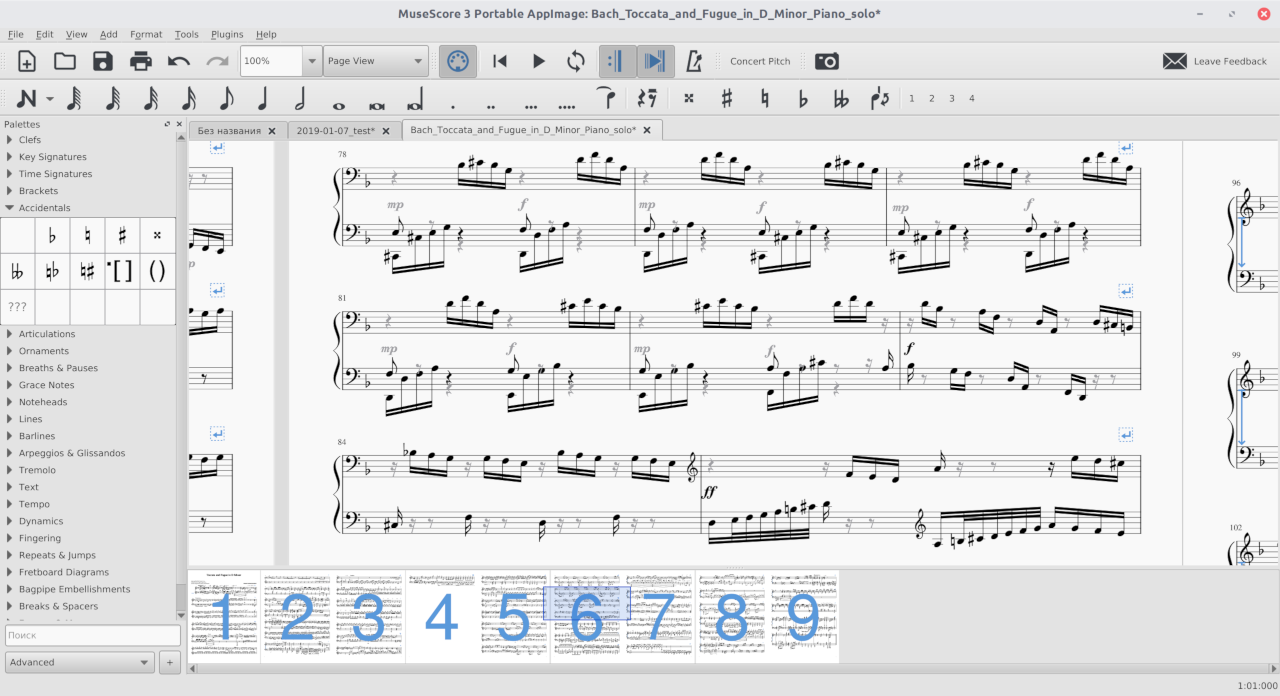
We recommend going through the entirety of the release notes, here are just some of the highlights:
- Tours to provide instant help for newly arrived users
- Single Page mode, where you just keep scrolling vertically to view all of the score
- Timeline dock that provides an overview of your score, with rehearsal marks, tempo, key, and time signature changes etc.
- The Score Comparison Tool that displays differences between two versions of a score
- New MuseJazz font for a handwritten look of your score
- New Mixer and Piano Roll
All the downloading options are here.
The Ardour team have been fixing bugs and making various improvements, same as usual. Robin Gareus introduced a number of improvements into Lua scripting support, including new API to access per-channel gain and delay in the convolver.
While the Lua scripting support might not sound like your thing, it’s actually of general use. E.g. there’s a new Lua script now available in the master branch to list all plug-ins used in a project.
Moreover, according to developers, some of Mixbus 5.2 built-in features are implemented as Lua scripts (for the uninitiated, Mixbus is a commercial DAW based on Ardour, whose developers contribute to development of Ardour a lot).
And if you own a Yamaha MX 49/61/88, there’s now a midnam for it.
Tutorials
Grease Pencil toon laser-blast effect, by Paul O Caggegi.
Verge3D started a series of beginner-level tutorials on using Verge3D and Blender 2.80 for creating interactive web applications. So far 12 videos have already been published. You can start with this one.
Raspberry drawing tutorial for Inkscape, by grafikwork.
Inkscape Tutorial: Draw City, by UkrArtDesign.
Turn Photos Into Logos with GIMP, by Nick Saporito.
Old house. Speed painting with Krita, by grafikwork.
Color grading with Blender VSE, by Nathan Lovato:
Another video from Nathan and his team: ‘Drawing in viewport in Godot: a plugin tutorial’.
Art
Emocado, by Juan Carlos Montes.
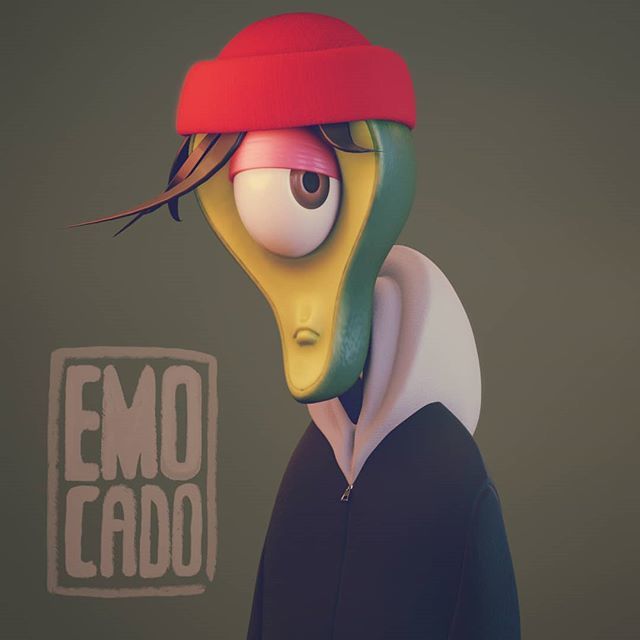
Eevee’s rendering quality is insane, as demonstrated by CG Geek.
![Interior design render with Eevee]](https://librearts.org/2019/01/week-recap-8-jan-2019/art-blender-cg-geek-interior-design.jpg)
PlayStation 2, by Mohamed Chahin.
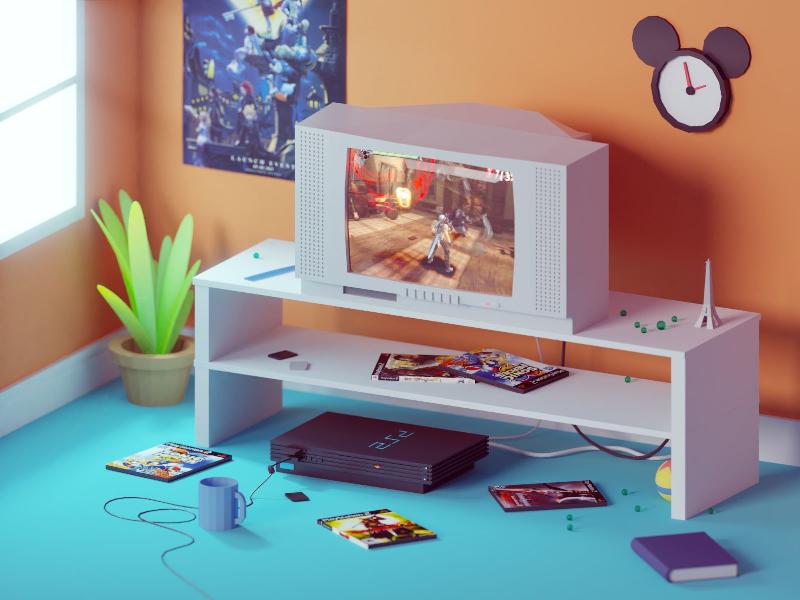
High priestess Tarot card, by Sylvia Ritter.
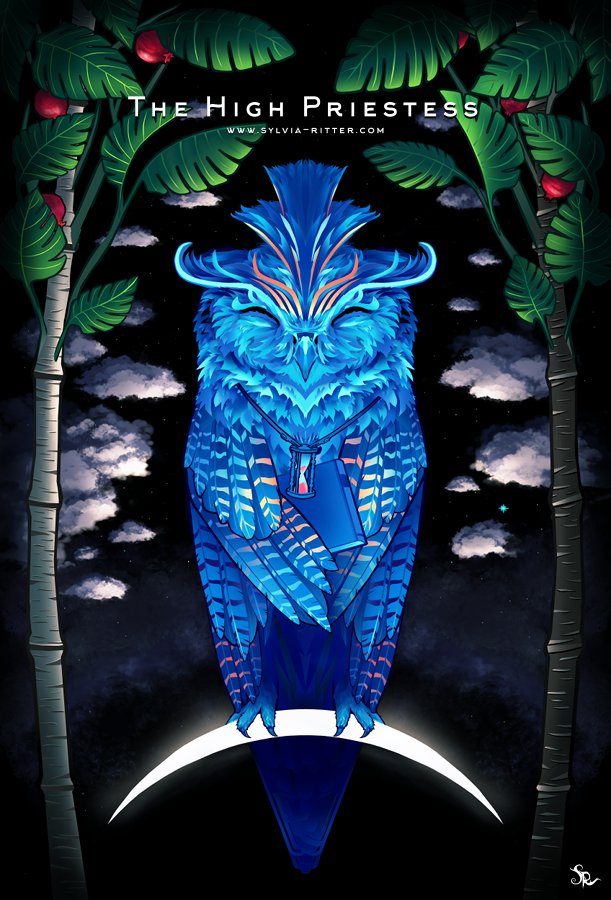
Patreon subscribers get early access to my posts. If you are feeling generous, you can also make a one-time donation on BuyMeACoffee.

